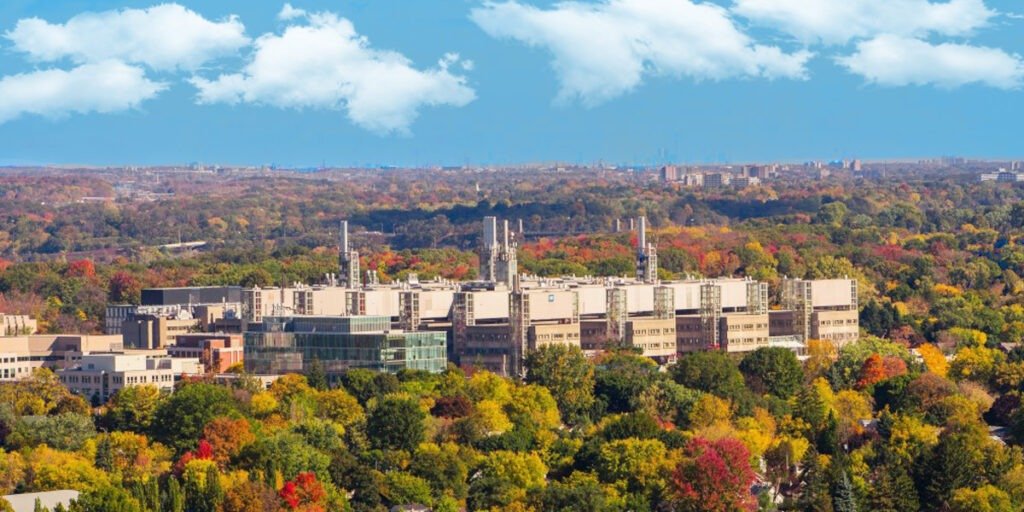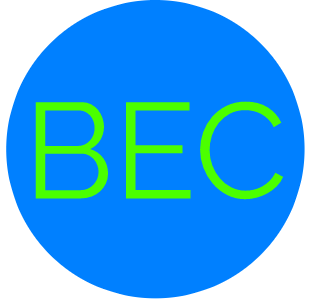
Hamilton, Ontario is home to McMaster University, the Tiger Cats Football Team, the Arkells Band, and is known for its diverse community. In the past, Hamilton played a lead role within the steel industry and was known as the steel town. With the recent sense of urgency to address the climate emergency, the City of Hamilton is moving towards a greener and more eco-conscious city. The Hamilton community has a range of community groups/initiatives that have been working hard on making this sustainable shift. Biosphere Eco-City (BEC) makes efforts more successful and is an easy to use tool. Utilizing BEC in conjunction with the current initiatives operating in Hamilton, will rapidly advance sustainable change in the city.
Sustainability is not just one sector that needs to be catered to or worked on. Sustainability feeds into all aspects of our society. With the Triple Bottom Line ideology, sustainability is seen as the overlapping sector between people, planet, and profit. This shows how intertwined everything is. You can’t have sustainability without considering how it may impact people and the economy, and vice versa. With support from the BEC model, I think that the City of Hamilton can achieve a holistic and sustainable environment.
The amazing part about the BEC Model is its user-friendly aspect. The BEC Model focuses on human capital as the driving force for change. A multitude of groups, such as McMaster University, Environment Hamilton, Cycle Hamilton, etc., play a vital role in creating initiatives and spearheading innovative ideas. With the incorporation of some of the BEC model’s 10 Themes: Transportation, Energy, Habitat, etc., (see BEC website for full list), sustainable change can be quickly achieved. Some of these Themes are similar to those that have been adopted by the City of Hamilton, therefore, it would act as a perfect fit to implement both.
Hamilton has made good progress towards creating a sustainable city, but I believe that the assistance from the BEC model will act as a catalyst to further change. BEC’s focus on engaging people is important here. Incorporation of the BEC model can allow local groups to move even more effectively towards their goals, and can bring schools and other organizations into cooperation with them as well. Creating a greater sense of community and collaboration.
Below I’ve proposed a four-year program on how the BEC can be implemented in Hamilton.
Four-Year BEC Proposal Plan for Hamilton, Ontario
Index
- EH = Environment Hamilton
- CH = Cycle Hamilton
- Mac = McMaster University
- SHB = Sustainable Hamilton-Burlington
- RBG = Royal Botanical Gardens
COORDINATE BEC START-UP IN HAMILTON
McMaster University might informally coordinate BEC in Hamilton for the first couple of years until more formal leadership evolved. That might come from Council of Stakeholder meetings (see below). Although not mentioned here, the City of Hamilton and other organizations could be part of any BEC initiative.
APPLY BEC TOOLS
(see BEC website for explanation of Tools)
Year 1
Theme Workshops (see BEC website for explanation of Themes) – Organize public workshops on some of BEC’s ten Themes of Sustainability. These could be virtual or in-person (post-COVID). One organization would develop the workshop and invite speakers, while others could assist in a steering committee. McMaster University could provide students to lead discussion tables, take notes and collect data for an overall progress report on all workshops, as part of a course credit, or as extracurricular involvement.
Workshops could build on current projects, for example:
- Transportation – EH, CH, Mac all have initiatives in this area and could work together.
- Energy – Mac, EH, SHB are quite involved and could initiate this.
- Habitat – EH (Pollinator Paradise & Trees Please), RBG (Urban Forest).
- Food – EH (good food box), RBG (urban gardening) could initiate a wider discussion.
- Natural Capital – Mac (water use), EH (air monitoring) could be focal points.
- Waste – Mac (Waste diversion), SHB (reduce environmental footprint).
- Health – EH & CH (Friendly Streets)
Database on Sustainability Projects – Start a database of project summaries for Hamilton. It would become a great outreach and educational tool for citizens. This is quite straightforward and BEC or Ottawa BEC could provide advice if needed. Environment Hamilton or the City of Hamilton might be the home for the Database.
Council of Stakeholders – SHB works closely with local business, NGOs and Mac. Currently SHB hosts six annual events. If it held semi-annual discussions for all stakeholders interested in sustainability, it would have created the BEC Council of Stakeholders Tool. The council would discuss local sustainability issues, propose projects and find partners to do them.
Year 2 or 3
Demonstration Projects would come out of Theme Discussions or the Council of Stakeholders. One very engaging project would be a self-guided Sustainability Tour, as was done in Ottawa and Toronto. Mac could be a leader for this, but the project might even be organized by the Council of Stakeholders (see above).
Year 3 or 4
Sustainability Plans – After BEC creates sufficient public engagement in sustainability, an organization could initiate these plans (see BEC website on how to do this). It could work with community organizations to create community sustainability plans, or with schools to create school sustainability plans. Many project ideas for the plans would be available from Theme Workshops in Year-1 and from the Database of Sustainability Projects.
REGIONAL COOPERATION AND PROCESSES
Urban-Rural Cooperation – This is a key objective for BEC, and Food is an obvious area to strengthen it. A project leader could reach out into the surrounding rural area to develop an urban-rural Food workshop and follow-up initiatives.
Science Process (see BEC website for explanation of Processes) – Organizations that are already strong in science could form a team to implement a BEC Science Process for Hamilton. Notable are: SHB (measure sustainability), Mac (science programs) and RBG (plant knowledge). Other BEC Processes – Education, Communication, Culture – could be formalized later.
ABOUT THE AUTHOR
Titi Huynh is a student of Social Psychology at McMaster University, Hamilton, Canada. She also minors in Environmental Studies and Sustainability. Titi is well connected at McMaster, having organized a number of student activities. In addition, she is part of the team that created the Biosphere Eco-City website.


